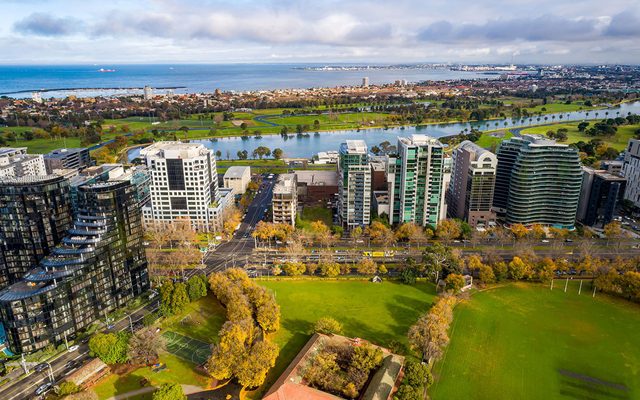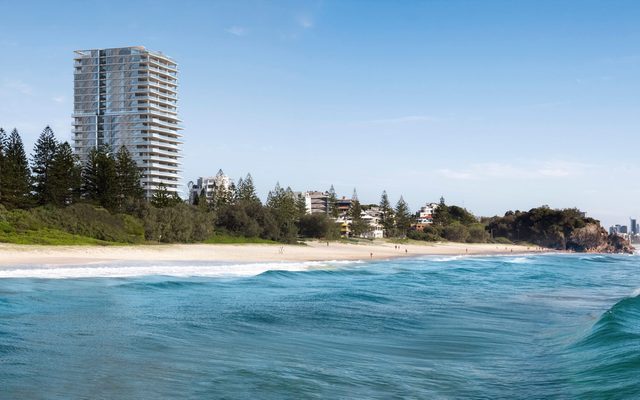This article is from the Australian Property Journal archive
MELBOURNE’S apartment market is headed for a supply shortage as completions plummet to their lowest levels in 11 years.
According to Charter Keck Cramer’s State of the Market report, the 12,100 apartment completions in the build-to-sell (BTS) market in 2021 was 38% lower than the 2016 peak of 19,400, and is the lowest level of annual supply since 10,000 apartments were delivered in 2012.
Completions, which have been falling steadily since 2019, will continue to trend downwards, to around 11,100 this year before falling to 7,100 in 2023 and just 5,600 in 2024.
Completion levels in 2020 and 2021 were the legacy of the previous investor-driven cycle that is unlikely to be repeated.
“Demand, via population growth, will return to Melbourne from 2023 and onwards. Moreover, the rate of growth within different age segments of the population will vary,” said report authors Angie Zigomanis and Richard Temlett.
“With that growth will come the demand for additional and diverse forms of living. At present, supply will not be able to respond as quickly to demand which suggests that vacancies will decrease, and rents and prices will increase.
“This will initiate the next cycle of the BTS apartment market and first wave of build-to-rent (BTR) apartment projects,” the pair said.
The bulk of this year’s completions will be in the central city region (3,800 apartments) and the inner region (3,300 apartments), while the middle and inner regions are tipped to be the most active in the coming two years.
“The metropolitan Melbourne apartment market is maturing and spreading out from the central city region as house prices increase and apartment delivery becomes feasible in many of these sub-markets,” the authors said.
There are currently 15,402 apartments under construction in metropolitan Melbourne, with a further 8,586 being marketed. There were 4,300 apartment launched in 2021, the lowest number of launches recorded over the past decade and 82% lower than the 2014 peak of 23,500. Launch activity moved from the central region to the middle region in 2021.
Construction commencements also hit a decade low in 2021, down to 5,600 and 75% lower than the 22,500 apartments in 2015.
Zigomanis and Temlett said the average size of new apartment projects within the central city region has trended downwards, explained by the change in planning controls over 2016 and 2017. In contrast, the average size of new apartment projects within the inner and middle regions has trended upwards, with much of the activity occurring in and around activity centres and transport hubs that have planning policy to support larger projects.
“The typical purchaser and occupier is now more educated and aware of what they require in an apartment. Owner occupier apartments are the product type that will best be able to respond to the needs of these occupiers. This product type is very different to the historical investor-grade apartment product that has been delivered over the last decade across many projects in Melbourne,” they said.
Melbourne accounts for 60% of country’s nascent BTR sector project pipeline by some estimates. According to Charter Keck Cramer, there are 2,100 apartments across six projects forecast for completion over 2022 and 2023.
Melbourne’s approved pipeline has 6,340 apartments over 18 projects, with a further 6,000 apartments in 14 projects in the application or mooted stage.
“The investment logic and drivers are in place for this segment to emerge and become entrenched over the next decade. BTR does not rely on presales and there is an opportunity to mobilise BTR supply to meet the increasing demand for secure rental dwellings which will not be met via the BTS apartment market in the short-term (due to presale requirements in BTS projects),” Zigomanis and Temlett said.
“There is also demand for long-term rental in purpose-built developments which create a community and have greater levels of amenity than currently offered by the private fragmented residential rental market.”




